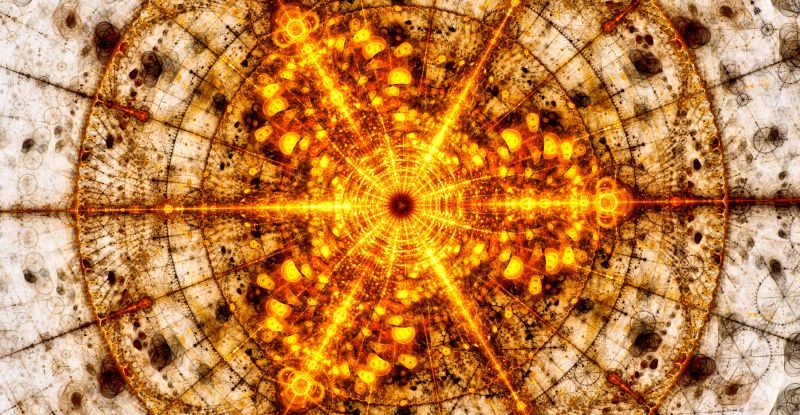Particle physicists have achieved a significant breakthrough in their field by confirming the detection of neutrinos in the Large Hadron Collider (LHC) using the FASERnu detector. Neutrinos are subatomic particles that are difficult to detect directly, and they have important implications for understanding observations in particle astrophysics. The FASERnu detector consists of tungsten plates and emulsion film layers that record particle trajectories when neutrinos collide with tungsten nuclei. The successful observation of FASERnu means that the full physics potential of the collider is finally being exploited, and it opens up new avenues for research in this field. The LHC’s third run is expected to continue until 2026, with continuous data collection and analysis. The significance of the detection has been confirmed with a significance level of 16 sigma. The FASER team is still analyzing the data collected by the detector, and more neutrino detections are expected to follow. The density of tungsten increases the likelihood of neutrino interactions, and physicists predict that the race will produce about 10,000 neutrino interactions.
Scientists observe neutrinos for the first time in a particle collider
Scientists have achieved a major milestone in particle physics by detecting neutrinos in a particle collider for the first time. Neutrinos are subatomic particles that are known as “ghost particles” due to their mysterious and elusive nature. They have no electric charge, almost no mass, and hardly interact with other particles they come across. Despite this, they are the second most abundant subatomic particle in the universe, following only photons.
The researchers used the FASERnu detector at the Large Hadron Collider to observe the collider’s neutrinos, which were created by colliding two beams of particles at extremely high energy. This work marks the first direct observation of the collider’s neutrinos, and it will help scientists to better understand how these particles form, their properties, and their role in the evolution of the universe.
Particle physicist Jonathan Feng from the University of California, Irvine, described the discovery as “neutrinos from a completely new source – particle colliders.” This finding is significant because the high energies used in particle colliders have not been as well studied as lower-energy neutrinos produced in supernova explosions or nuclear fusion that occurs inside stars.
Although neutrinos hardly interact with other particles, their mass – however slight – may affect the gravity of the universe, as physicists believe. Some scientists have even suggested that neutrinos could be a form of dark matter, which has not been directly observed but is inferred from its gravitational effects on visible matter.
Neutrinos produced in energetic conditions, such as nuclear fusion and supernova explosions, can be detected using underground detectors, such as IceCube in Antarctica, Super Kamiokande in Japan, and MiniBooNE Fermilab in Illinois. These detectors are isolated from other sources of radiation and can detect faint bursts of light produced by cosmic neutrinos that collide with other particles.
The particle trajectories produced by the filter event are consistent with the production of The electron neutrino. This finding is a significant step forward in our understanding of neutrinos and their properties, and it opens up new avenues for research in particle physics.
Particle physicists confirm neutrino detection at the LHC using FASERnu
Particle physicists have confirmed the detection of neutrinos in the Large Hadron Collider (LHC) using the FASERnu detector. Neutrinos are subatomic particles that interact weakly with other particles, and they are difficult to detect directly. FASERnu is an emulsion detector consisting of tungsten plates and layers of emulsion film that record particle trajectories when neutrinos collide with the nuclei of tungsten sheets. The density of tungsten increases the likelihood of neutrino interactions, and the detector has a total mass of about one ton.
The FASER team identified six candidate neutrinos in 2021, and now they have confirmed their discovery using data from the third round of the upgraded LHC with a significance level of 16 sigma. This means that the probability of producing the signals by random chance is so low as to be nil. Physicists predict that the race will produce about 10,000 neutrino interactions, which means that FASERnu has the potential to reveal important information about deep space that cannot be obtained otherwise.
Neutrinos are among the most abundant subatomic particles in the universe, and they are important for understanding observations in particle astrophysics. Although they interact weakly with matter, their mass may affect the gravity of the universe, and some scientists suggest that neutrinos could be a form of dark matter.
The successful observation of FASERnu means that the full physics potential of the collider is finally being exploited. Neutrinos are the only known particles that much larger experiments at the LHC cannot detect directly, according to physicist David Casper of the University of California, Irvine.
The FASER team is still analyzing the data collected by the detector, and more neutrino detections are expected to follow. The LHC’s third run is expected to continue until 2026 with continuous data collection and analysis. The results of the team were presented at the 57th Congress Rencontres de Moriond Electroweak Interactions and Unified Theories.
In conclusion, the successful detection of neutrinos in the LHC using the FASERnu detector is a significant achievement in particle physics, and it opens up new avenues for research in this field.
Don’t miss interesting posts on Famousbio
